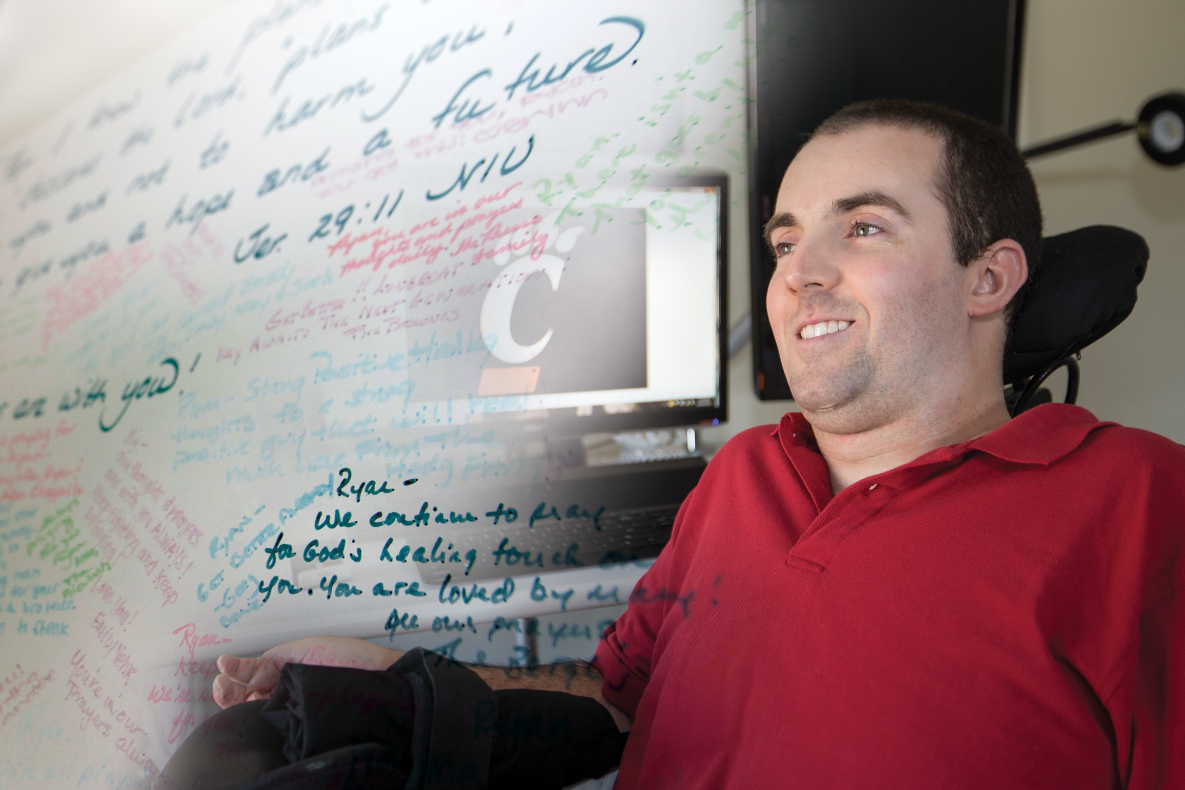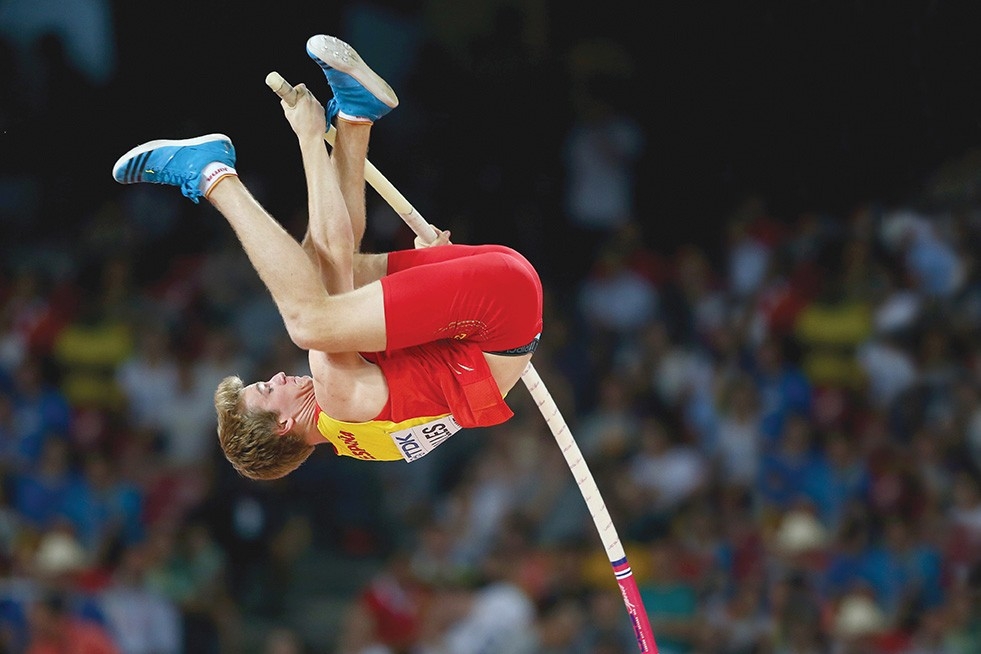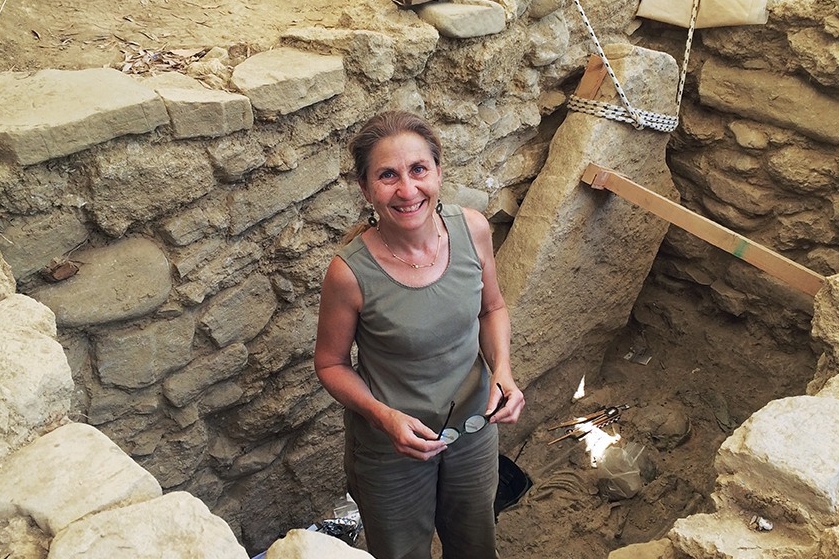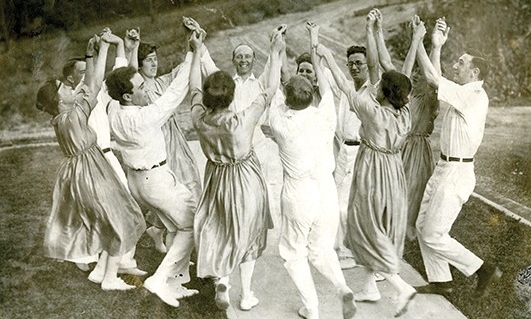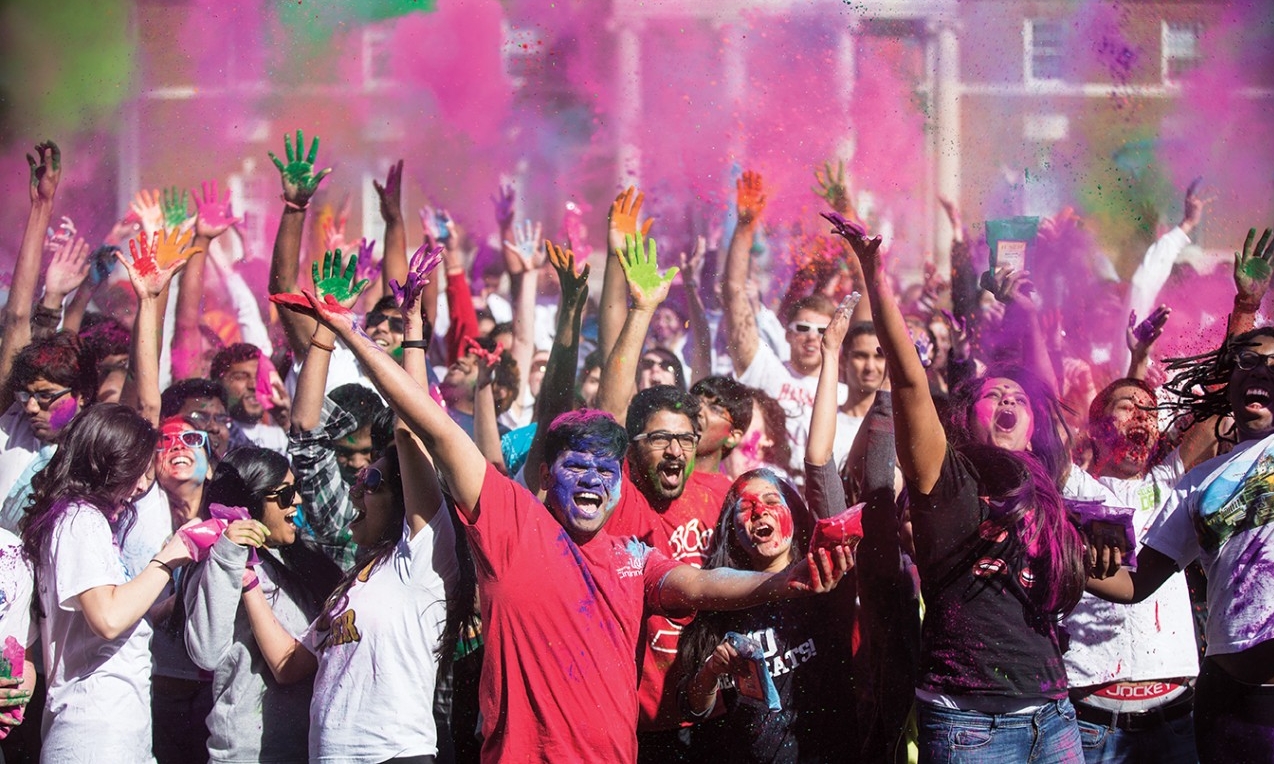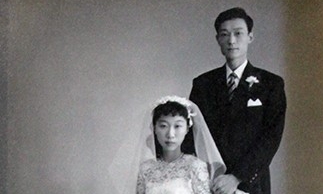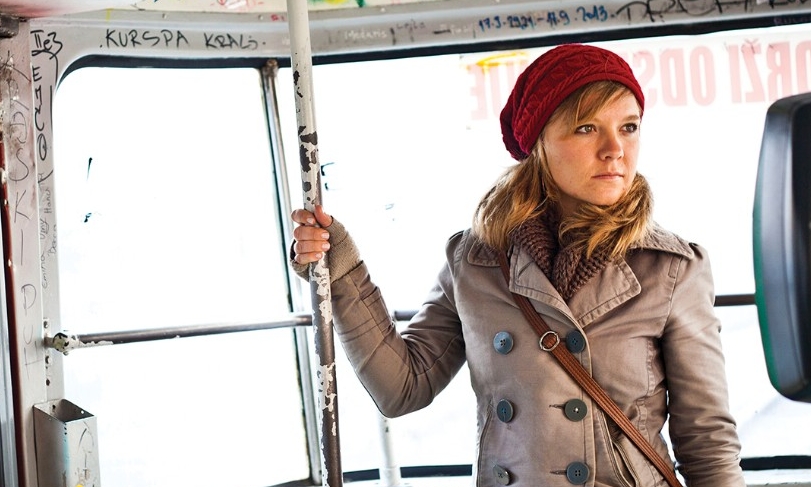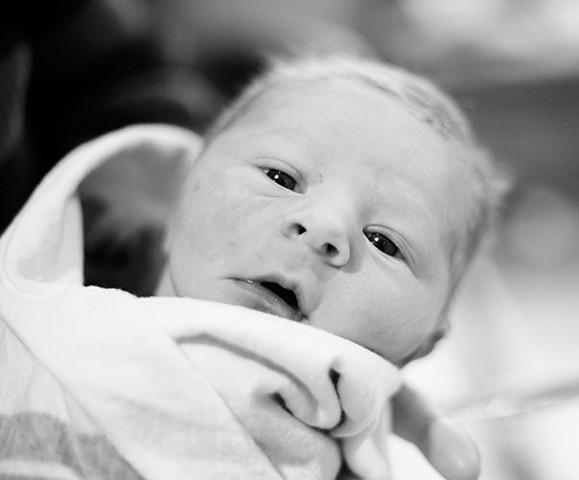
Baehr Kellan Robinson was born Oct. 23, 2015, weighing 8 lbs., 13.5 oz.
If there was ever a child born to be a Bearcat …
Young Baehr Robinson came into the world this past fall at just under 9 pounds, but his name alone carries a weighty legacy.
Baehr was named after his great-great-grandfather Leonard “Teddy” Baehr, the original Bearcat who is central to UC's mascot history.
The name Bearcats hails back to a catchy cheer born during a 1914 game about Baehr, UC's standout fullback.
“They may be Wildcats, but we have a ‘Baehr-Cat’ on our side,” the crowd cheered. The family contacted UC Magazine to let us know that nearly 101 years to the day of that momentous game in which the name was born, Teddy Baehr’s great-great-grandson was born.
Little Baehr wasn’t the only baby we cooed over in 2015. UC added its own proud addition to the UC brand this summer with the introduction of the Baby Bearcats merchandise line.
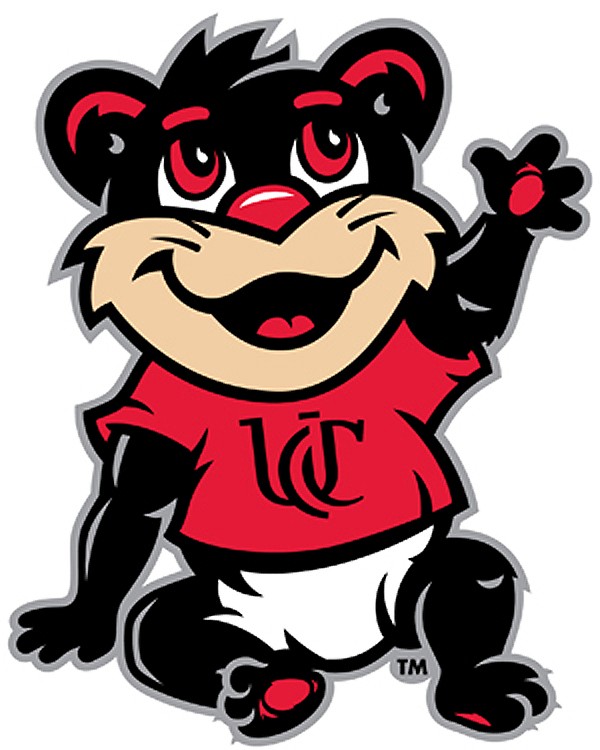
.
These photographs show a sampling of UC’s 1916 celebration on campus of the tercentenary (300th anniversary) of William Shakespeare’s death, with dramatic performances, an Elizabethan market and dancing.
Shakespeare died in 1616, and in the four centuries since, both his birth and his death are marked throughout the world by celebration and commemoration. The quadricentennial of the Bard’s death is April 23, 2016, so this is a fitting time to celebrate him and holdings of his works in the UC Archives and Rare Books Library.
Back in 1895, William Procter, who served on UC’s board of directors, purchased the private Shakespeariana library of Cincinnati businessman Enoch Carson and presented it to the university as one of its founding book collections. The hundreds of volumes in the Carson library have been augmented over the decades with additional rare sets of Shakespeare’s plays, and while UC does not own a First Folio, its holdings include some of the most noteworthy editions printed in the last 400 years.
UC Libraries "Shakespeare's Quadricentennial" page.
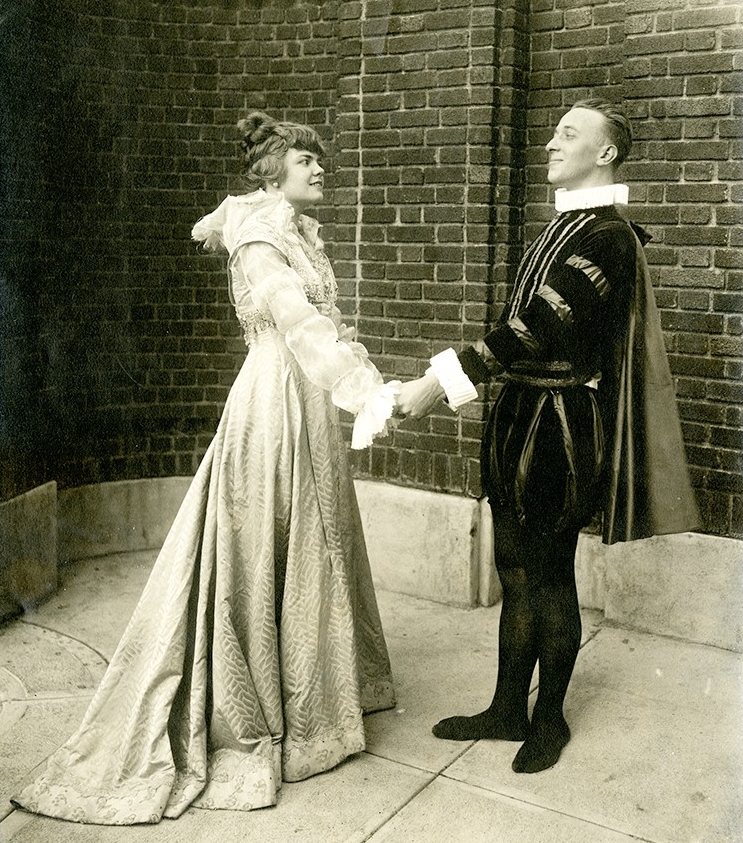
The 1916 senior class play, "Much Ado About Nothing" in 1916.
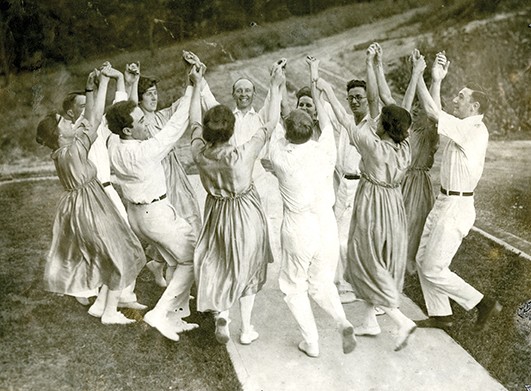
From the 1916 UC commemoration of Shakespeare's death. An elaborate celebration included folk dancing.
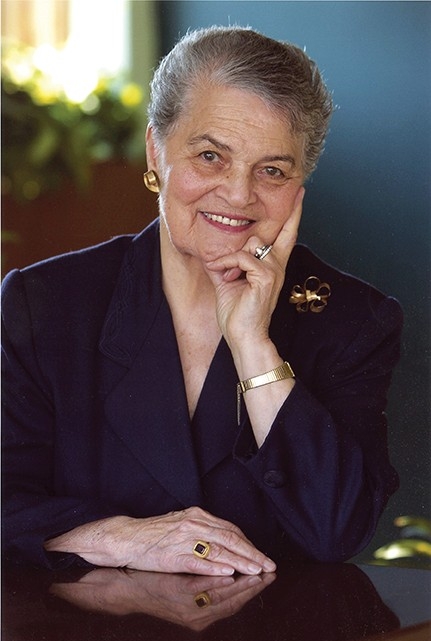
UC alumna and activist Marian Spencer’s new biography chronicles more than a half-century of battling injustice.
Spencer returned to campus in the fall to share “Keep on Fighting: The Life and Civil Rights Legacy of Marian A. Spencer,” a book she wrote with longtime friend Dorothy Christenson.
Spencer, A&S ‘42, was the first black woman on the UC Board of Trustees and the Cincinnati city council.
Born in 1920 in the Ohio River town of Gallipolis, Ohio, Spencer followed the example of her grandfather, an ex-slave and community leader.
She joined the NAACP at 13 and grew up to achieve a number of civic leadership firsts in her adopted hometown of Cincinnati. Of these, the best known is the desegregation of Cincinnati’s Coney Island amusement park.
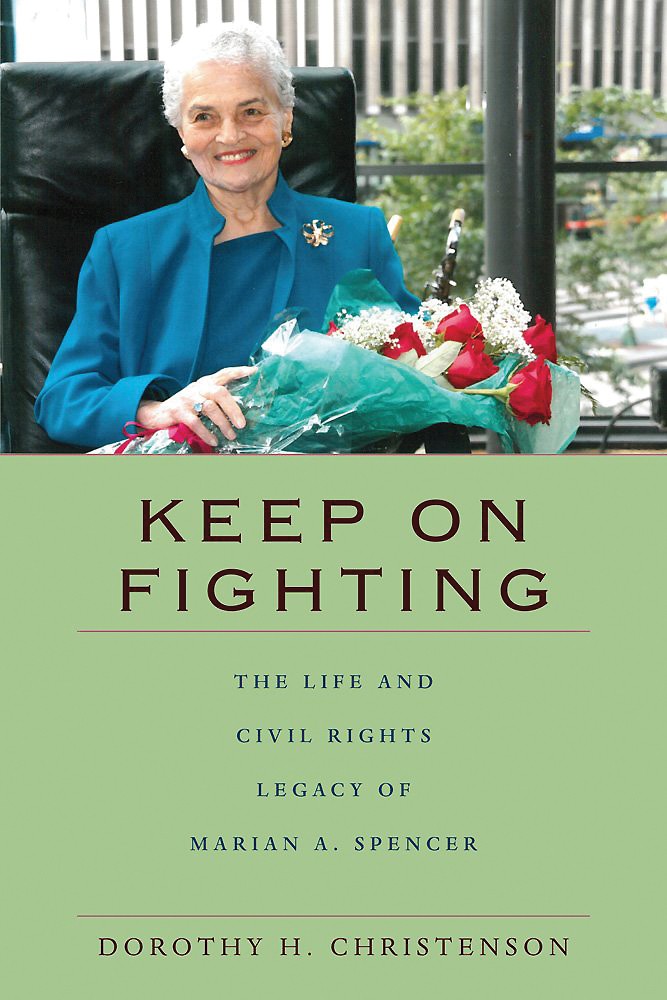
She also fought to desegregate Cincinnati schools, and Spencer’s campaign to raise awareness of industrial toxic-waste practices in minority neighborhoods was later adapted into national Superfund legislation.
She and her late husband, Donald Spencer, A&S ‘36, Ed ‘37, MEd ‘40, an educator and real estate businessman, were both active in civic affairs and civil rights.
In good company
What do opera coloratura Kathleen Battle, poet Robert Frost and astronaut Neil Armstrong [pictured] have in common? Each has been awarded an honorary degree from the University of Cincinnati.
Anyone can nominate potential recipients, and they don’t have to have the name recognition of basketball legend Oscar Robertson or Tony winner Faith Prince, two more honorees. UC bestows its highest award on exemplary individuals who have achieved extraordinary distinction with ongoing and significant importance. The honor is presented at the UC Commencement ceremonies.
Instructions for submissions and a complete list of previous recipients can be found at uc.edu/awards.
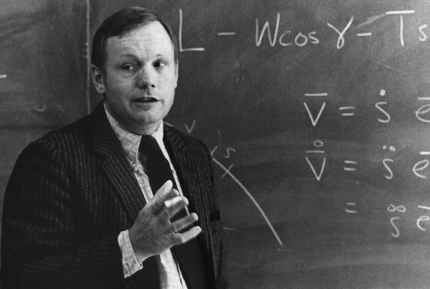
Help tell UC's rich story
As UC’s 200th birthday approaches in 2019, the university is taking steps to celebrate its bicentennial one story at a time. And yours could be included.
Planners are sponsoring a verbal and visual essay contest open to alumni, students, faculty and staff. Top entries could net a $1,000 prize and be considered for publication in a book celebrating UC’s 200th.
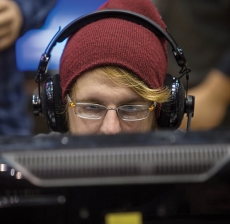
Photos/Andrew Higley
When the last sword was swung, the final demon vanquished, Chris Postell could survey the digital carnage and rejoice. He and his friends had just successfully orchestrated a video game tournament of never-before-seen magnitude.
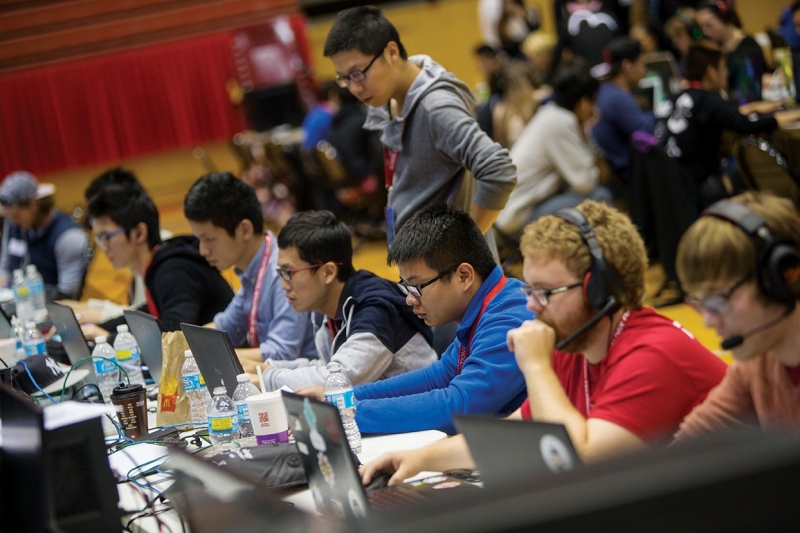
Postell is a member of the University of Cincinnati’s student-run video game club, UC League of Legends. His group hosted the All Midwest eSports Gaming Event in October in Fifth Third Arena. Teams of gamers from colleges across the Midwest battled one another in a tournament for cash prizes and gear — and the glory of victory, of course.
More than 1,000 people took part in the event, making it, at the time, the largest-ever collegiate video gaming competition. UC’s club is one of the biggest and fastest-growing student organizations on campus. As of last fall, the organization had over 650 active members. The group is also among the first gaming organizations in the country to be recognized as a club sport by a university.
UC Gardner Neuroscience Institute to expand
A new home is planned for the UC Gardner Neuroscience Institute, a leading treatment, research and teaching center for complex neurological conditions.
The institute launched a $123 million project that will include a new world-class outpatient facility for people with neurologic and psychiatric diseases and will allow for expansion of research programs and recruitment of physicians and researchers, as well as expanded community-wide programming.
The new facility will be a landmark on the main thoroughfare to the medical campus and will be located off Piedmont Avenue, the current site of an apartment complex. The building will help expand services, enhance coordination of clinical care and include supportive services such as rehabilitation therapies and integrative medicine.
The UC Gardner Neuroscience Institute was established in 1998 through a partnership between the UC College of Medicine and UC Health. It currently boasts nine centers focused on more than a dozen specialties — all of which are scattered in offices across the UC medical campus.
New building for business
UC is moving forward with plans for a new Carl H. Lindner College of Business building and has selected Danish firm Henning Larsen Architects to design the facility in association with local firm KZF Design. Projected to cost more than $100 million and span at least 260,000 square feet, it is planned for the site of the current Myers Alumni Center and Faculty Club building, with construction expected to be completed by fall 2018.
The Alumni Center will relocate to a to-be-determined prominent campus location.
“The Lindner College of Business is on an upward trajectory, having recently achieved the nation’s single biggest rankings jump,” said David Szymanski, dean of the college. “Providing a best-in-class space for our accomplished students, faculty and staff will only accelerate our rise to the top.”
The current building is nearly three decades old and unable to accommodate the college’s rapid growth. Enrollment in both undergraduate and graduate business programs has increased, up 30 percent and 100 percent respectively since 2010.
Big overhaul at UC Blue Ash
UC is planning an impressive overhaul of the oldest building at its Blue Ash campus. A nearly $60 million renovation is envisioned for Muntz Hall. The project would address its aging infrastructure and needed upgrades. The Blue Ash campus currently has six buildings totaling 296,000 square feet.
Within the last few years, the university has completed upgrades at Muntz Hall in the food service and dining areas, dean’s office and library. The building overhaul is expected to improve student services and support functions and upgrade instructional and faculty office spaces.
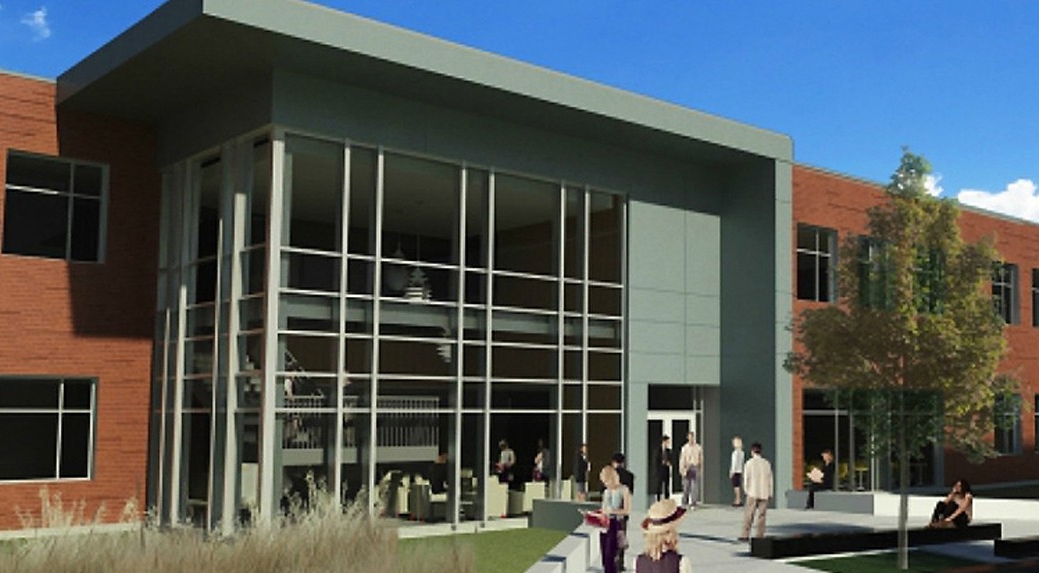
An architect's rendition of the UC Blue Ash renovation.
Health Professions Building becomes Kowalewski Hall

The university named the pharmacy building for Joseph Kowalewski, dean of the College of Pharmacy from 1949 to 1970.
The university has renamed the Health Professions Building for a dean credited with saving the College of Pharmacy.
The newly renamed Joseph F. Kowalewski Hall honors the former dean of the pharmacy school. He served the College of Pharmacy from 1949 to 1970.
When Kowalewski became dean, the college was in significant financial trouble and was facing the loss of accreditation. He directed the merger of the school with UC in 1954 to become the university’s 13th college and oversaw its accreditation a year later when it moved onto campus.
The building was designed by famed Cincinnati architectural firm Samuel Hannaford & Sons in the early 1900s and is slated to undergo a $27 million renovation beginning this year. Renovations will include new laboratories and replacement of the building’s heating, plumbing, electrical and lighting systems. The building’s auditorium, used in recent years as office space, will be restored to its original use.
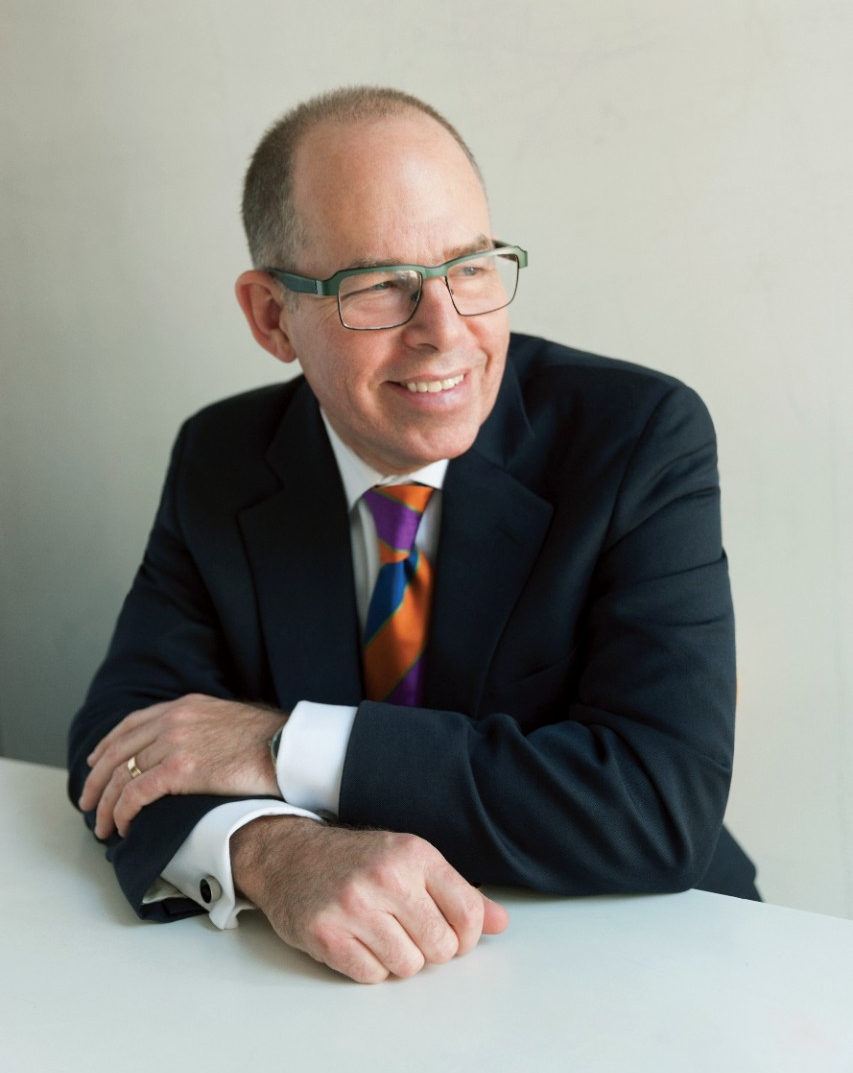
Michael Bierut. Photo/Submitted
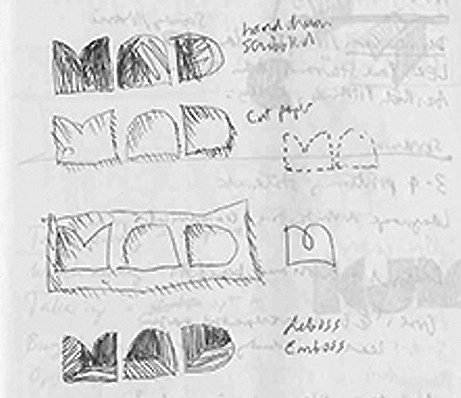
An early sketch of the Museum of Arts and Design logo.
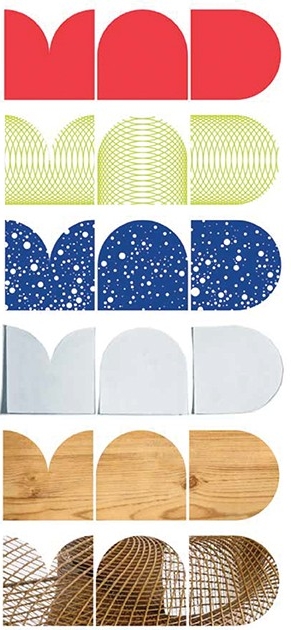
The logo for the Museum of Arts and Design as it progressed from Bierut’s notebook to final form.
by Michael Bierut
As far back as I can remember, I always wanted to be a graphic designer.
I must have been no more than 5 or 6 years old. I was in the car with my father on a Saturday on my way to get a haircut. We were stopped at a light, and my dad pointed at a forklift truck parked in a nearby lot. “Isn’t that neat?” he asked. What, I said. “Look at the way they wrote ‘Clark.’”
Clark was the logo on the side of the truck. I didn’t get it.
“See how the letter L is lifting up the letter A?” explained my father. “It’s doing what the truck does.” It was as if an amazing secret had been revealed, right there in plain sight. I was dumbfounded and thrilled. How long had this been going on? Were these small miracles hidden all over the place? And who was responsible for creating them?
I was in the first grade at St. Theresa’s School in Garfield Heights, Ohio, when my teachers first noticed that I was good at drawing. This was no small thing. I was a good student, but among my peers in 1960s suburban Cleveland, academic diligence was viewed with suspicion, if not outright contempt. Artistic ability, on the other hand, was like a kind of magic. Inept at sports and generally withdrawn, I suddenly had a way to distinguish myself in the schoolyard.
A turning point came in the ninth grade when I was asked to do a poster for the school play. I handed in the artwork on a Friday morning, it was printed that afternoon, and by Monday morning my poster was hanging all over the school. This was my first experience with the miracle of mass production. More people would see my poster than would see the play. ... I wanted to create things with a purpose, things that people would see all over the place, things that were about something other than themselves. It was hard to explain.
I had no idea how posters and logos came into the world. I didn’t know any working artists, and didn’t know anyone else to ask. If pressed, I would have guessed that things like album covers were designed by real artists like Franz Kline and Robert Rauschenberg who had decided to take a day off and make some extra money. One day, I was in our school library, idly browsing the Career Resource Center. ... One [book] caught my eye: Aim for a Job in Graphic Design/Art by someone named S. Neil Fujita. I opened it and realized with a start that I was staring at my future.
Here were page after page of men and women who were doing what I wanted to do. ... I now realized this activity that fascinated me had a name: graphic design.
Somehow, my high school guidance counselor found just the right college for me at the opposite end of the state, where the University of Cincinnati’s College of Design, Architecture, and Art offered a five-year program in graphic design. There I was plunged into a milieu that owed more to the minimalism of the Swiss Kunstgewerbeschule and less to the vibrant worldview of Push Pin Studios. Submitting myself to a boot camp’s worth of punishing visual exercises, I unlearned my bad habits and replaced them with the basics of design, typography, color and layout. Imagination and energy may be innate traits, but precision and craftsmanship are skills that can only be mastered through hard practice. Our professors were determined that no one graduate without them. It was telling that the degree I received was a bachelor of science, for in Cincinnati I mastered a kind of design that was as logical, self-contained, and elegant as the laws of physics. It was later in New York that I would discover the power of passion.
In retrospect, it wasn’t a surprise that Massimo Vignelli loved my portfolio: sans serif typefaces on every page, modular grids underpinning every layout. After all, this was the acclaimed designer who had introduced Helvetica to the United States, created a relentlessly geometric map for the New York subway system. ... In the summer of 1980, I married my high school sweetheart, Dorothy, and moved to New York to become Vignelli Associates’ newest and most junior employee. ... My plan was to spend 18 months there and move on. I ended up staying 10 years.
My second job may be my last job. I’ve been at Pentagram for nearly 25 years. And, to a remarkable extent, I am doing exactly what I always wanted to do. I still recall the seismic jolt of seeing that forklift truck logo, or opening that book in my school library. What I couldn’t figure out then was how people came to make these kinds of things. Where did the ideas come from? ... How could you tell if the ideas worked? How were people talked into accepting them? Was it magic? Or was there a limit to what graphic design could do? And, finally, how could I get to do it, too?
Since my first poster in the ninth grade, I’ve discovered that my questions have many possible answers. Although none of them are final, all of them are interesting. No one can tell you what to do. But once you decide, the real fun is figuring out how to do it.
Excerpted from “How to,” a book by internationally known graphic designer and UC alumnus Michael Bierut, DAAP '80, a partner at Pentagram for the last 25 years.
Bierut returned to campus in the fall and spent a day visiting DAAP prior to speaking to a standing-room-only crowd that was treated to stories from his 35-year career in graphic design. Bierut’s work is represented in the permanent collections of the Museum of Modern Art and the Metropolitan Museum of Art in New York City. He also appeared in “Helvetica: A Documentary Film.”
Alumni Weekend 2016 will launch with the UC Alumni Association’s annual tribute to the outstanding accomplishments and contributions of its 285,000-member family. The UC Distinguished Alumni Celebration is April 14 and will honor 19 exceptional alumni, including five recipients of signature awards. For more information, visit alumni.uc.edu/dac.
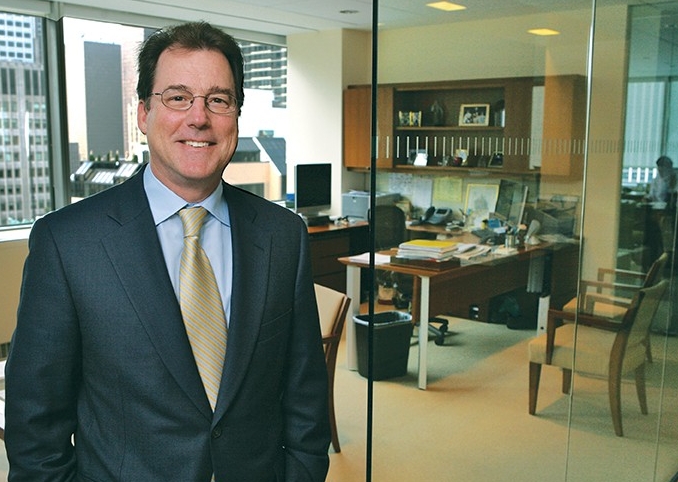
William Howard Taft Medal for Notable Achievement
Richard Thornburgh, Bus ’74, HonDoc ’09
For four decades, working primarily with Credit Suisse Group, Dick Thornburgh has been a brilliant and skilled leader in the global financial industry. He built a reputation as a relationship builder; a go-to adviser on landmark merger-and-acquisition transactions, sector recapitalizations and privatizations; and an initiator of key investments that benefited millions of people and the world economy. He is known for his sound judgment and deep compassion.
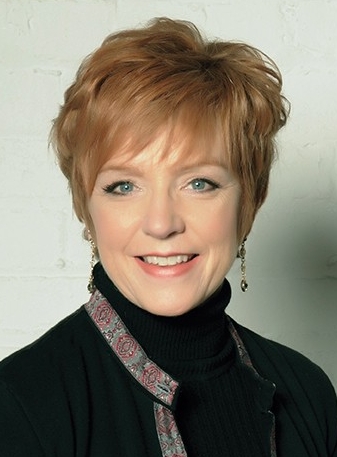
Distinguished Service Award
Patricia Weller Bresler, DAAP ’84
A brand design industry leader, Patti Bresler has unfailingly supported UC and the College of Design, Architecture, Art, and Planning. Her strong belief in the value of UC’s co-op program and DAAP’s unique approach to education has compelled her to spearhead efforts to advance her alma mater, from board oversight and scholarship fundraising to student recruitment and event management.
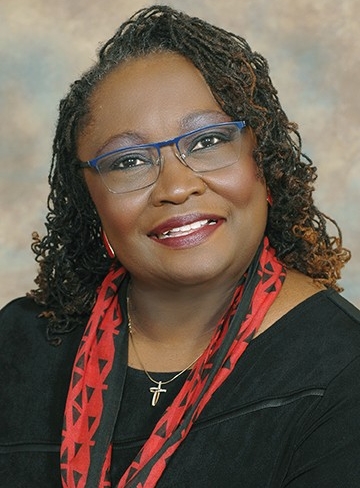
Mosaic Award
Karen Bankston, D (Nur) ’05
With a diverse career in the nursing field, Karen Bankston is renowned for her devotion to decreasing health disparities in the community while increasing inclusivity and opportunity for all. She has always worked toward enhancing the diversity of the health care workforce and improving educational outcomes for underrepresented individuals interested in health care careers.
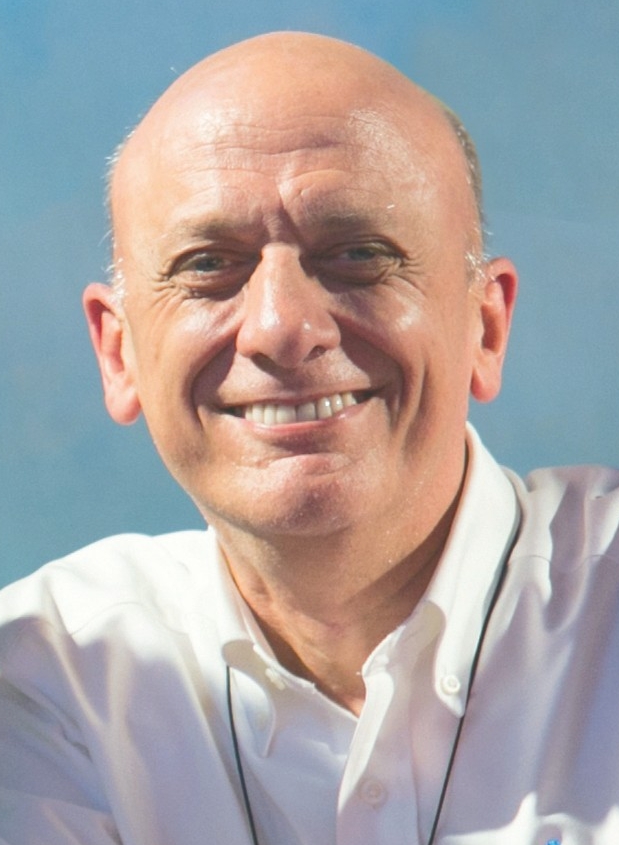
Mosaic Award
Thomas Viola, CCM ’76
As the longtime leader of Broadway Cares/Equity Fights AIDS, Tom Viola has overseen efforts that have raised over $250 million to help people living with HIV/AIDS and other health issues nationwide. Under Viola’s tireless guidance, BC/EFA’s high-level events enable the awarding of grants to a wide variety of family services — from clinics and food pantries to case management, counseling and emergency financial assistance.
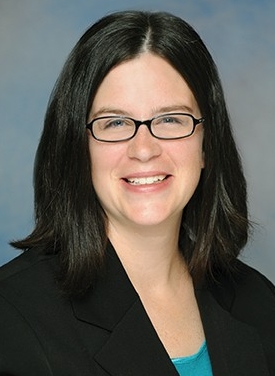
Jeffrey Hurwitz Young Alumni Outstanding Achievement Award
Julienne Cromwell, CEAS ’01, ’03
Like many of the signature projects on which she has worked at top Cincinnati design firm THP Limited, Julie Cromwell’s career trajectory as a design engineer has been remarkable. She has also mentored and advised UC students; provided volunteer leadership for the civil and architectural engineering and construction management departments; and taught in her area of specialty, reinforced concrete design.
2016 University of Cincinnati Outstanding Alumni Awards
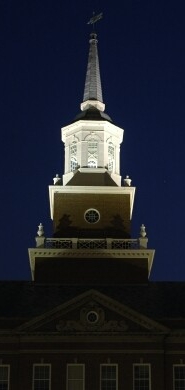
College of Allied Health Sciences
Jean Sepate, Univ ’70, AHS ’83
McMicken College of Arts and Sciences
Elizabeth Murray, M (A&S) ’88, D (A&S) ’93
Department of Athletics
Michael “Mick” Cronin, A&S ’97
Blue Ash College
Andrew Ciafardini, Blue ’01
Carl H. Lindner College of Business
Robert “Bob” Buck, Bus ’70
Clermont College
Robert “Bob” Lees, Cler ’74, A&S ’76
College-Conservatory of Music
David C. Daniels, CCM ’90
College of Design, Architecture, Art, and Planning
Robert Greiwe, DAAP ’55
College of Education, Criminal Justice, and Human Services
Patricia O’Reilly, Ed ’52, M (Ed) ’67, D (Ed) ’71
College of Engineering and Applied Science
J. Phillip Holloman, Eng ’78
College of Law
Marianna Bettman, A&S ’66, JD ’77
College of Medicine
George Deepe Jr., MD ’76
College of Nursing
Lou Ann Emerson, Nur ’63, M (Nur) ’71
James L. Winkle College of Pharmacy
Thomas Imhoff, Pharm ’71, D (Pharm) ’74



